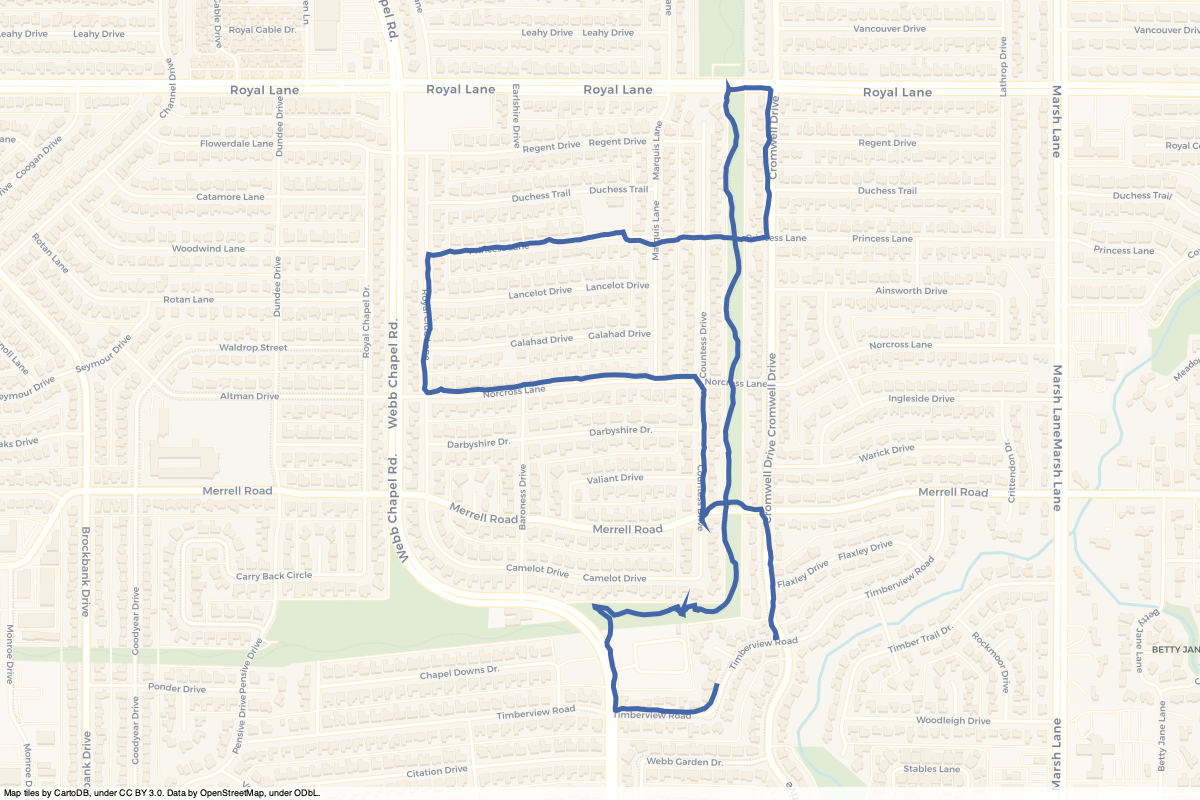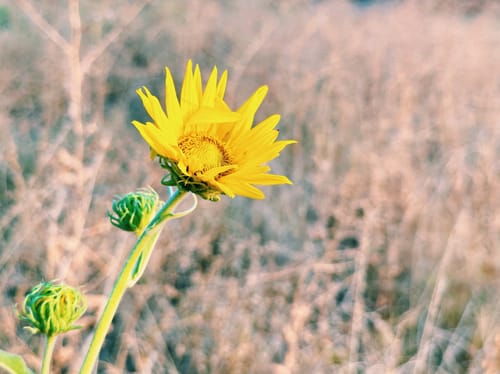I've been in a bit of a funk. I think largely because I've been busy with work to the point that I haven't been spending enough time screwing around and playing with whatever is interesting to me in the moment.
All work and no play makes Jack a dull boy
So tonight I'm hanging out with friends and wanted a hike beforehand. I took the opportunity to explore Northaven Trail by a friend's house and was greeted with so many pocket prairies along the way.
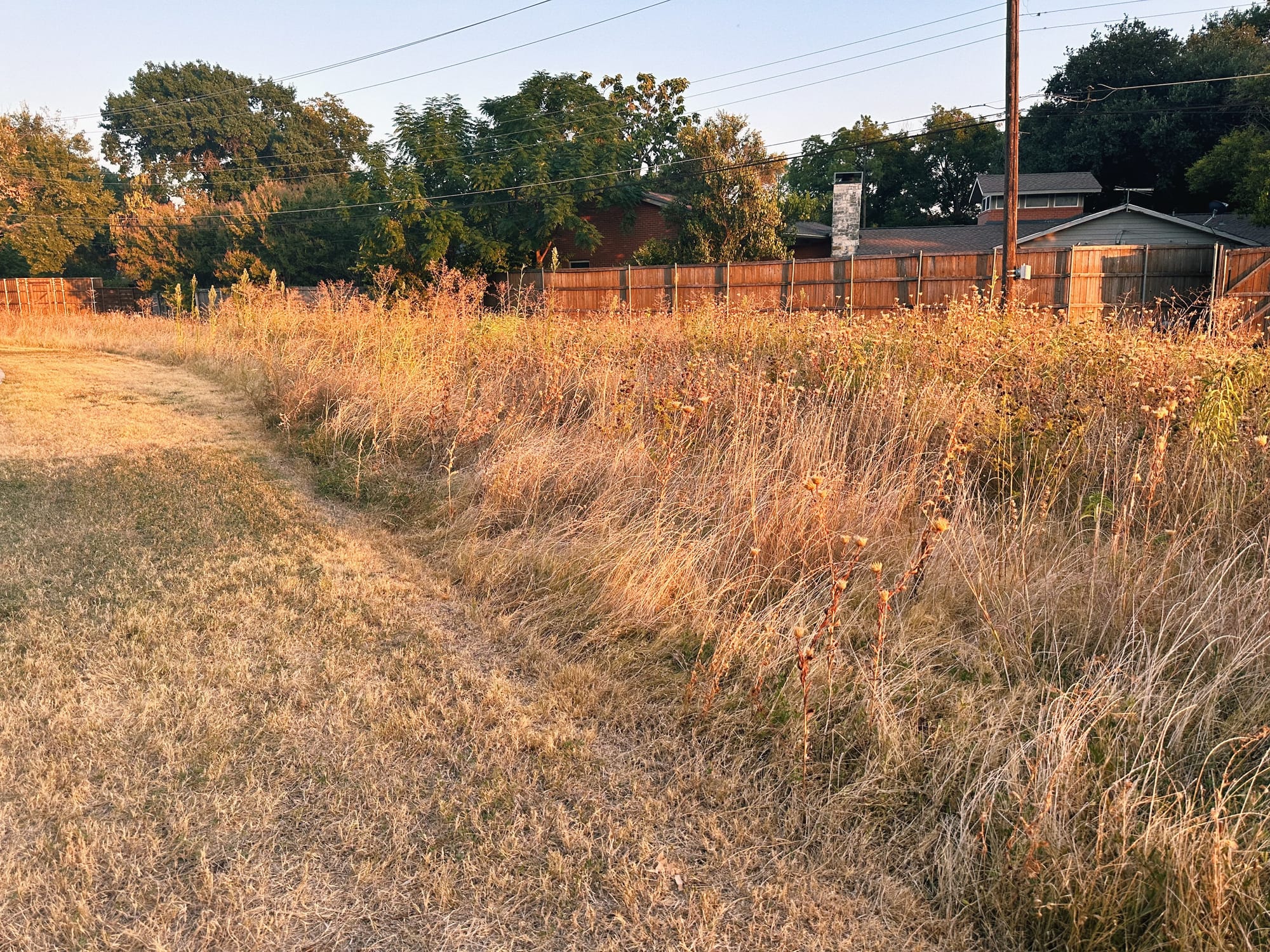
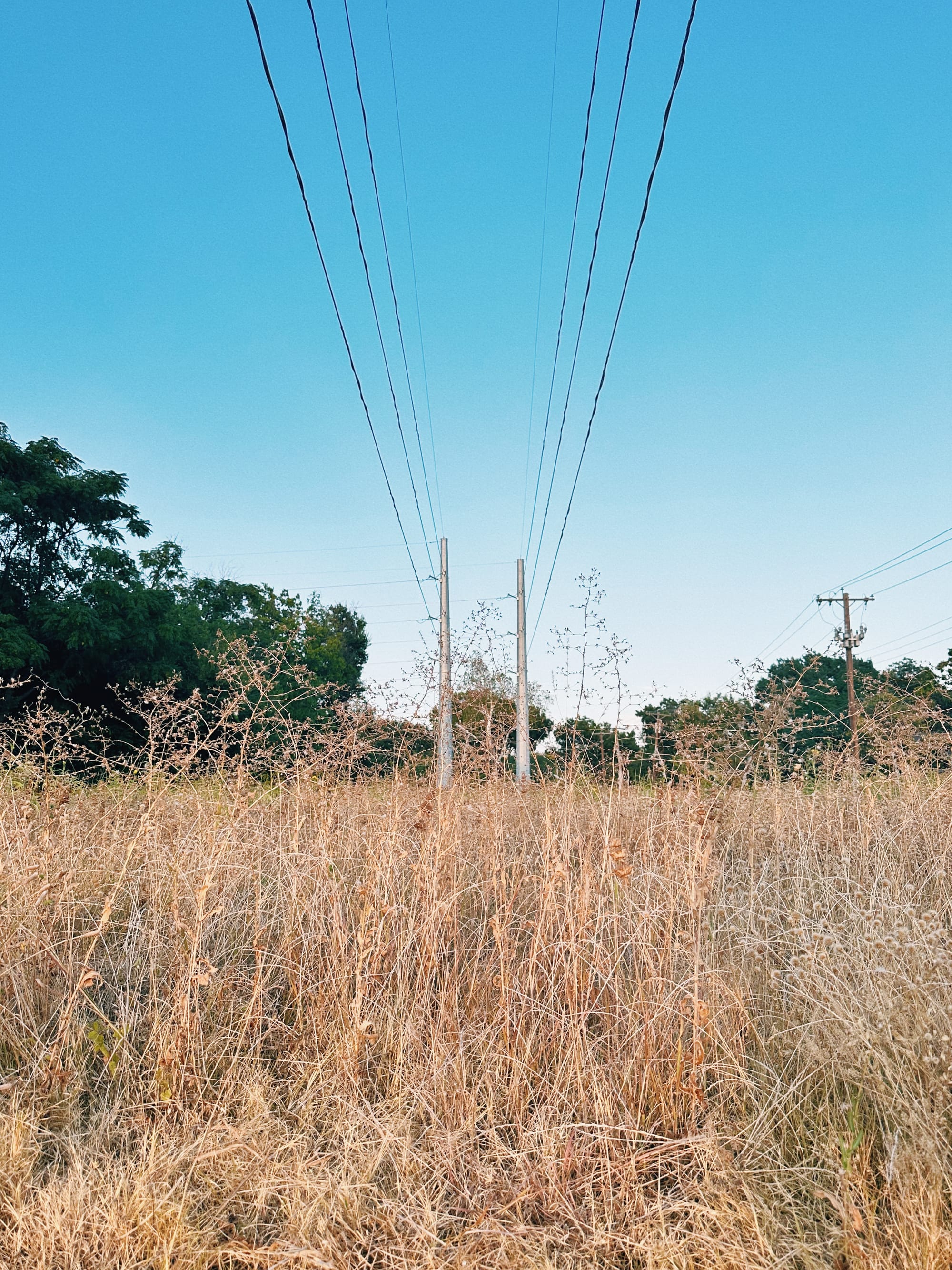
Pocket prairies using native plant species along Northaven Trail in Dallas, TX
The prairie areas along Northhaven Trail are maintained by Friends of Northaven Trail and provide a wonderful example of how so much of our land around North Texas could be better managed.
These native prairie plant species save water, sequester carbon, capture and filter water, reduce mowing, provide food and habitat for insects, small mammals, and birds, provide a sense of season, and are (arguably) absolutely beautiful to behold.
The whole of Dallas exists within the blackland prairie ecoregion of Texas. The blackland prairie was historically a tallgrass prairie, with grass plants up to 6ft tall, consisting of not only hundreds of species of grasses, but also hundreds if not thousands of different species of sedges and forbes as well. Trees could also be found in this ecosystem dotting the landscape, in addition to groupings around creeks and rivers.
There is currently less than 1% of the original blackland prairie ecosystem left. It has been systematically destroyed since the 1800s, starting with the European settlers who plowed the rich, black soil for agricultural use. The settlers have been reported to have no real understanding of how Native Americans managed the land for thousands of years before them, and either as a result of the lack of knowledge or the need to generate income, quickly destroyed it all in order to grow a single crop: cotton.
A prairie is a delicate ecosystem, and the quickest way to destroy it is to till the soil.
Today we continue the destruction of what's left with continued development, while largely failing to do much of anything to account for the destruction of this ecosystem of abundance. We're very good at building infrastructure, yes, but we often we do very little for the land and everything that depends on that land we destroy in the process. This needs to change.
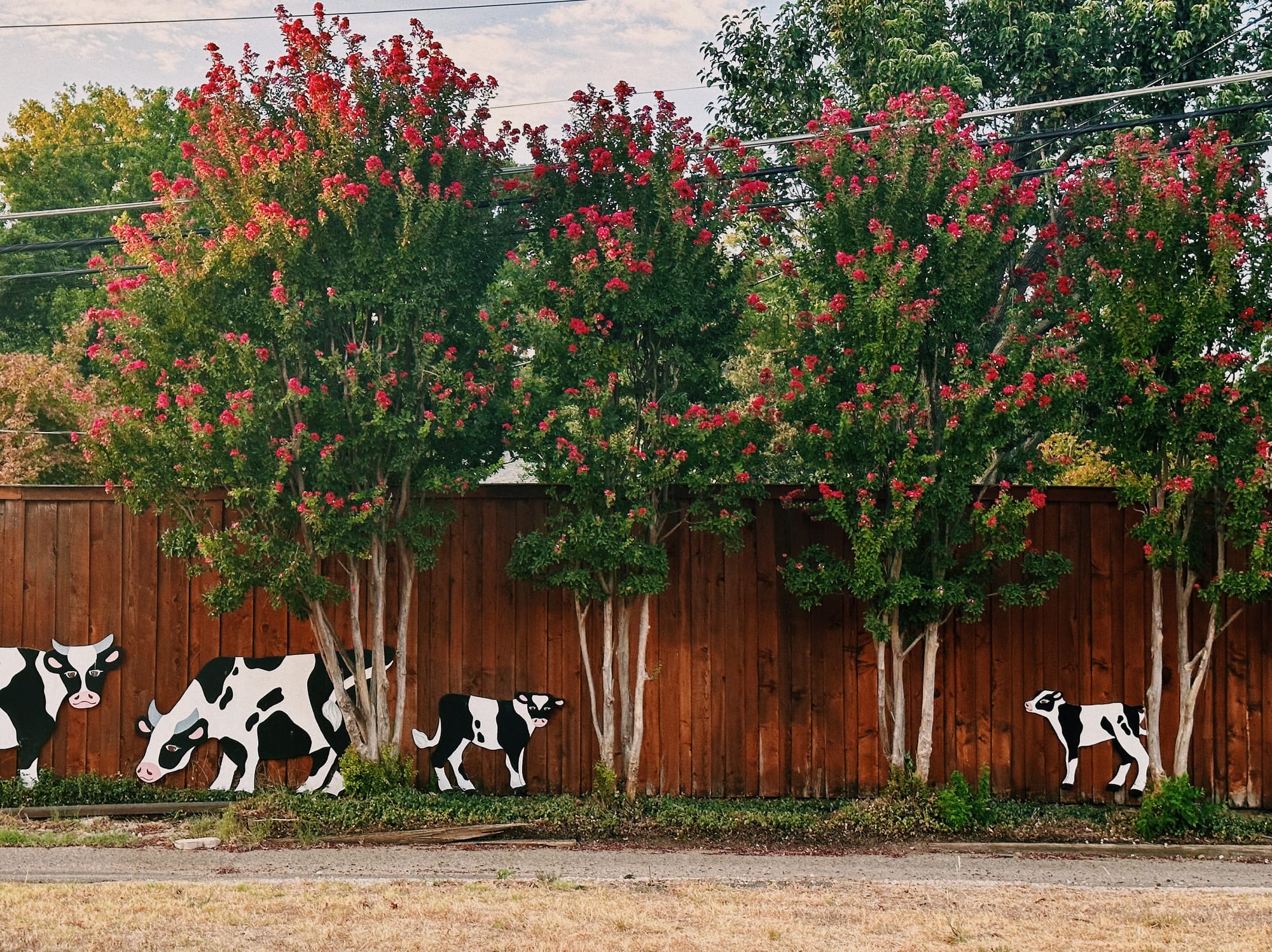
Many of our landscaping practices are akin to feeding our kids fast food for literally every meal of their life. It's not healthy, not sustainable, and it's likely to lead to significant long-term problems. In some regards, we are already beginning to see the results of these practices with a loss of insect populations, dwindling water reserves and higher temperatures in the city. Thankfully, we in Dallas seem to be in the beginning stages of changing our misguided land management practices for the better.
When I come across areas that are landscaped well, that are restorative, abundant landscapes that give back more than they take, I get excited at sharing these spaces and the knowledge that goes into creating and maintaining them. I see a world that is very different from our current reality and is yet not so difficult to obtain – at least, technically so. But changing people's perceptions is a difficult, time-consuming task. This is partly what this site is about – it's why I'm here.
The walk itself was nice. We got a slight break from the heat and I saw plenty of people out walking and riding bikes through the neighborhood. And then I got a chance to hang out with some friends I hadn’t seen in a while. A great evening for sure.
